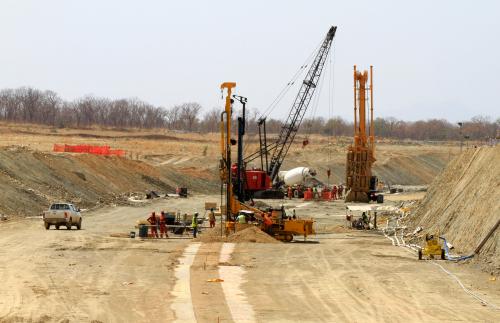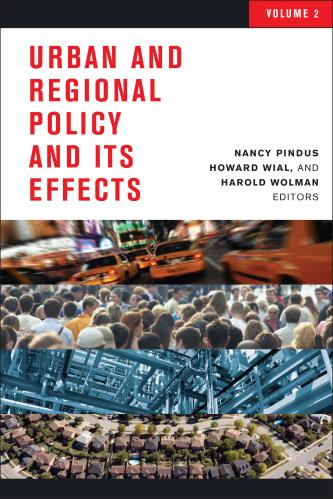The final employment report of the Obama presidency released this morning shows that 156,000 new jobs were added in December 2016. He will leave office after 75 straight months of positive jobs growth dating back to October 2010, which is the longest such streak in American history.
Monthly job gains and losses can indicate how the economy is doing once they are corrected to account for the pattern we already expect in a process called seasonal adjustment. The approach for this seasonal adjustment that is presently used by the Bureau of Labor Statistics (BLS) puts very heavy weight on the current and last two years of data in assessing what are the typical patterns for each month.
In my paper “Unseasonal Seasonals?” I argue that a longer window should be used to estimate seasonal effects. I find that using a different seasonal filter, known as the 3×9 filter, produces better results and more accurate forecasts by emphasizing more years of data. The 3×9 filter spreads weight over the most recent six years in estimating seasonal patterns, which makes them more stable over time than the current BLS seasonal adjustment method.
I calculate the month-over-month change in total nonfarm payrolls, seasonally adjusted by the 3×9 filter, for the most recent month. The corresponding data as published by the BLS are shown for comparison purposes. According to the alternative seasonal adjustment, the economy added 173,000 jobs in December (column Wright SA), 17,000 more than the official BLS total of 156,000 (column BLS Official).
In addition to seasonal effects, abnormal weather can also affect month-to-month fluctuations in job growth. In my paper “Weather-Adjusting Economic Data” I and my coauthor Michael Boldin implement a statistical methodology for adjusting employment data for the effects of deviations in weather from seasonal norms. This is distinct from seasonal adjustment, which only controls for the normal variation in weather across the year. We use several indicators of weather, including temperature and snowfall.
Temperatures in December were colder than normal, following a warmer-than-normal November. This depressed job gains in the month. Controlling for weather yields a higher season-and-weather adjusted estimate of 181,000 new jobs added (column Boldin-Wright SWA). We find that the cold weather reduced employment by 25,000 jobs (column Weather Effect).
Both my alternative seasonal adjustment and our weather adjustment show higher job gains than reported by the BLS.
Perhaps most noteworthy, the calculations that control for weather effects on payroll employment show that job growth in December was very similar to job growth in November.
| Thousands of jobs added | BLS Official | Wright SA | Boldin-Wright SWA | Weather Effect |
|---|---|---|---|---|
| 2016-December | 156 | 173 | 181 | -25 |
| 2016-November | 204 | 246 | 194 | +10 |
| 2016-October | 135 | 146 | 142 | -7 |
| 2016-September | 208 | 186 | 212 | -4 |
| 2016-August | 176 | 177 | 175 | +1 |
| 2016-July | 252 | 272 | 246 | +6 |
| 2016-June | 271 | 267 | 255 | +16 |
| 2016-May | 24 | 10 | 22 | +2 |
| 2016-April | 144 | 146 | 207 | -63 |
| 2016-March | 186 | 153 | 175 | +11 |
| 2016-February | 233 | 256 | 202 | +31 |
| 2016-January | 168 | 135 | 216 | -48 |
| 2015-December | 271 | 283 | 225 | +46 |
Notes:
Changes in previous months’ numbers reflect revisions to the underlying data.
Column labeled Wright SA applies a longer window estimate of seasonal effects (see Wright 2013).
Column labeled Boldin-Wright SWA includes seasonal and weather adjustments, where seasonal adjustments are estimated using the BLS window specifications (see Boldin & Wright 2015). The incremental weather effect in the last column is the BLS official number less the SWA number.
The author did not receive financial support from any firm or person for this article or from any firm or person with a financial or political interest in this article. He is currently not an officer, director, or board member of any organization with an interest in this article.









Commentary
Colder-than-normal December suppresses jobs growth
January 6, 2017